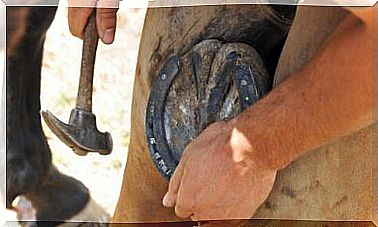Natural Cleaners For Your Aquarium
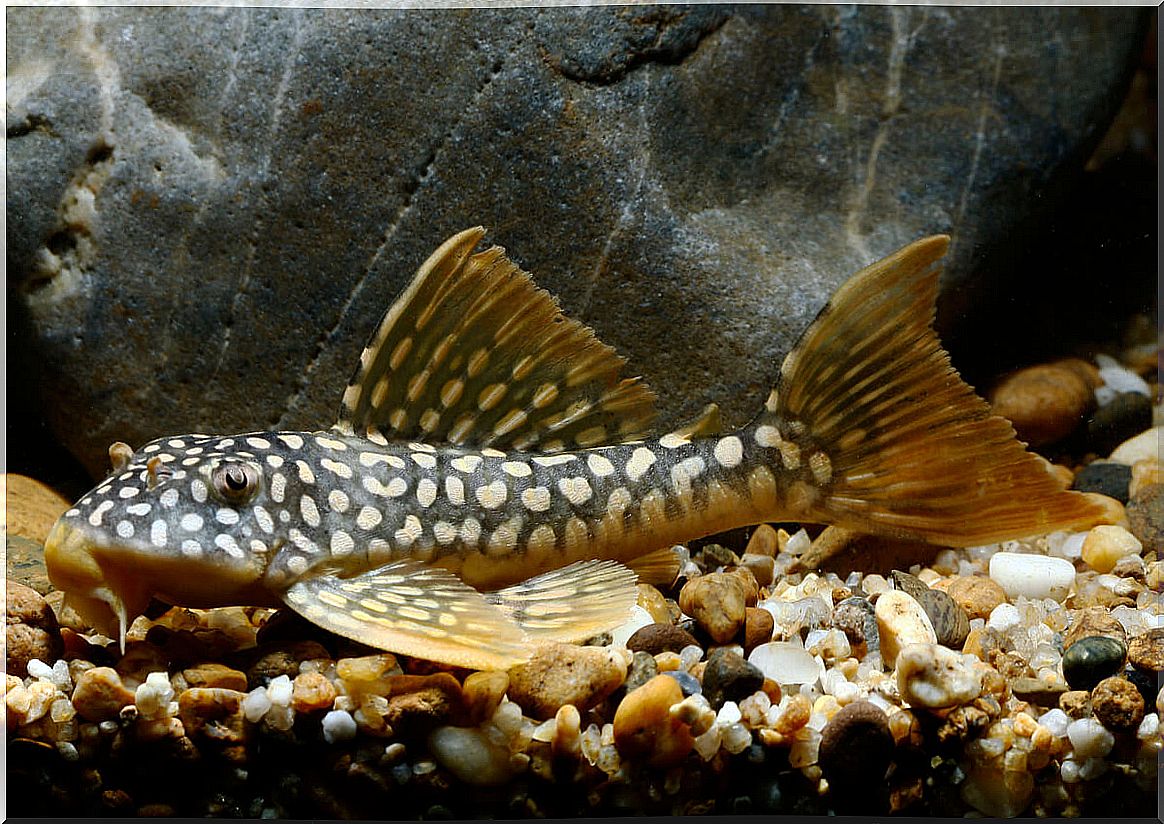
The appearance of algae in the tank is a phenomenon feared by any aquarist, since the pristine and pristine appearance of a planted aquarium can be threatened by a series of green or brown spots, which occupy different surfaces.
From the crystals to the stones, branches and decorations of this small ecosystem, no element in contact with water is safe from developing algae. Of course, this is a purely aesthetic problem, since fish do not care about the presence of algae bodies in their environment.
Even so, beyond the prepared products available for sale for the eradication of this “plague”, there are various natural cleaners that devour these annoying algae without altering the natural parameters of the aquarium. Do you want to know them? If so, keep reading.
Why does algae appear in the aquarium?
Before listing these natural cleansers, it is essential to know why algae arises in the first place, as, as they say, prevention is always the best treatment. Various portals specialized in aquariums list the following reasons:
- Fish overfeeding: an excess of nutrients in the aquatic environment can cause an explosion of algae, a phenomenon known ecologically as eutrophication.
- Infrequent water changes: again, stagnant organic matter will not be a food source for fish, but it will be a source of food for spoilage bacteria, and subsequently algae. A weekly cleaning of the bottom of the aquarium can save these types of pests.
- Excess fish: an excessive number of inhabitants in the tank translates into an exaggerated production of stools. Unfortunately, various pathogens and algae use this decaying matter as an energy source.
- Direct sunlight or an inappropriate artificial light cycle: algae are photosynthetic plants, so they can take advantage of an excessive amount of light to proliferate excessively.
It is necessary to highlight that newly built aquariums tend to have a greater tendency to the appearance of algae, since the ecological balance does not occur until 2-3 weeks after the introduction of all the members. After reviewing the possible causes of algae pests, let’s see what natural cleaners can help you eradicate them.
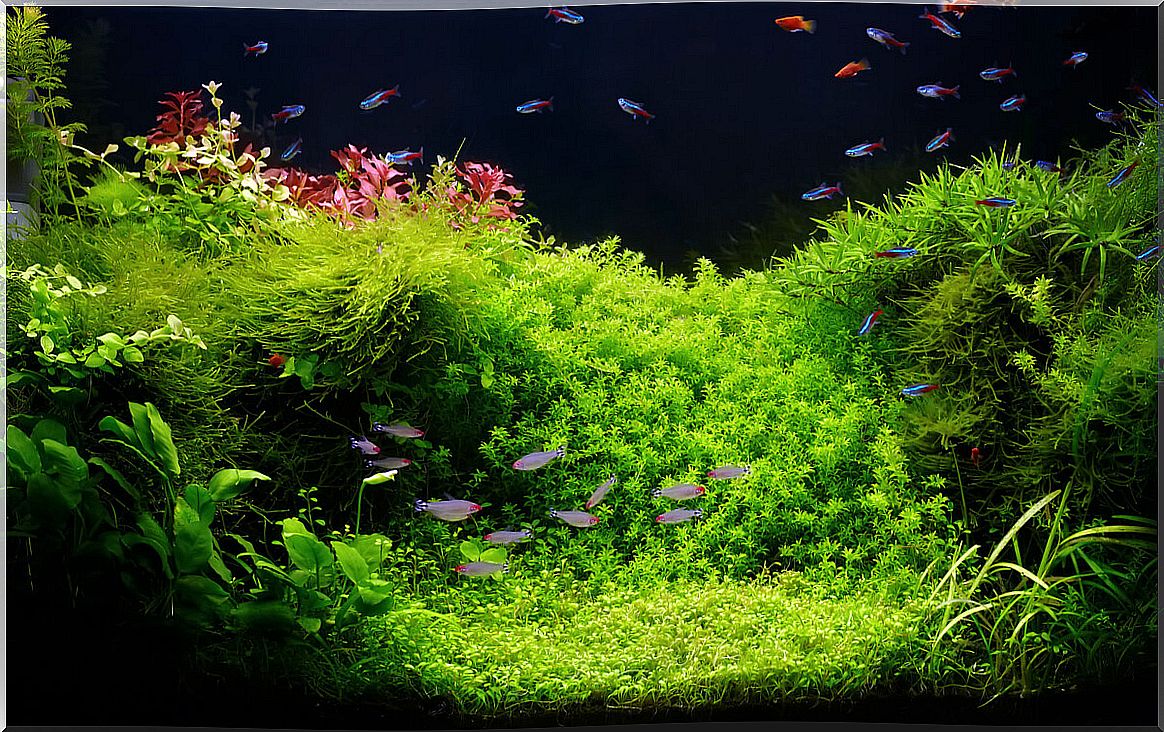
Cleaner fish
Cleaner fish are always the best option to keep algae at bay, as they cannot become a potential pest — as snails do. Still, these can only be considered for cleaning large aquariums, that is, from about 50 liters and up. Let’s look at two examples.
The plecos
The plecos ( Hypostomus plecostomus ) are very widespread tropical fish in the world of aquarists, as they feed effectively on algae and organic debris. The biggest problem with this species is the size it reaches: an adult can easily reach 30 centimeters in adulthood.
Therefore, its presence in aquariums of less than 250 liters of volume is not recommended. Things get a little more complicated if we take into account its territoriality, since it is completely inadvisable to place more than one member per aquarium.
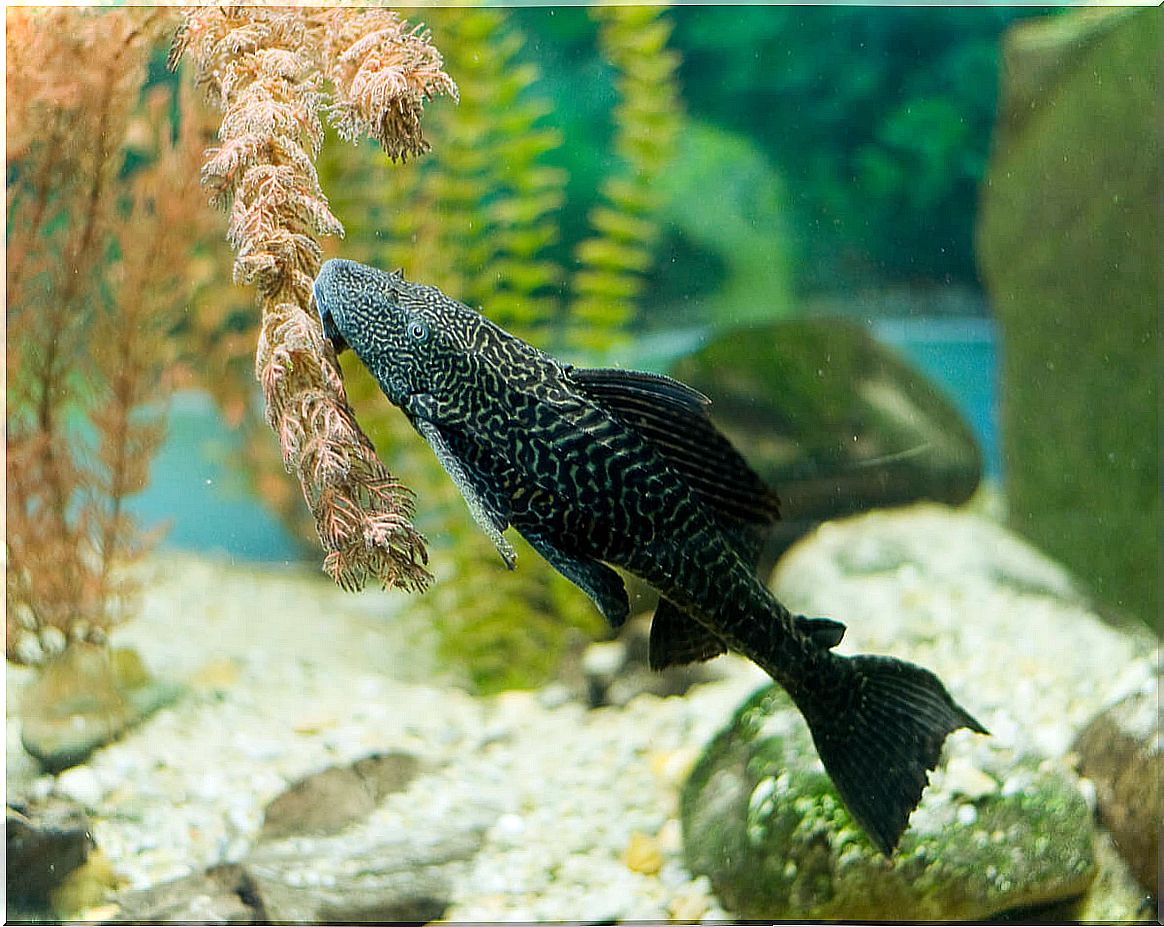
The ancistrus
Ancistrus is a genus of freshwater fish related to the plecos, since both belong to the order of the siluriformes. The essential difference between the two species is found in the size reached by the ancistrus, since these fish do not usually exceed 15 centimeters in captivity.
For this reason they are suitable cleaners for smaller aquariums, of about 80 liters in volume or perhaps a little less. Despite this, they are not considered as resistant animals, as they require more fixed temperatures —25 or 26 degrees — and more specific water parameters.
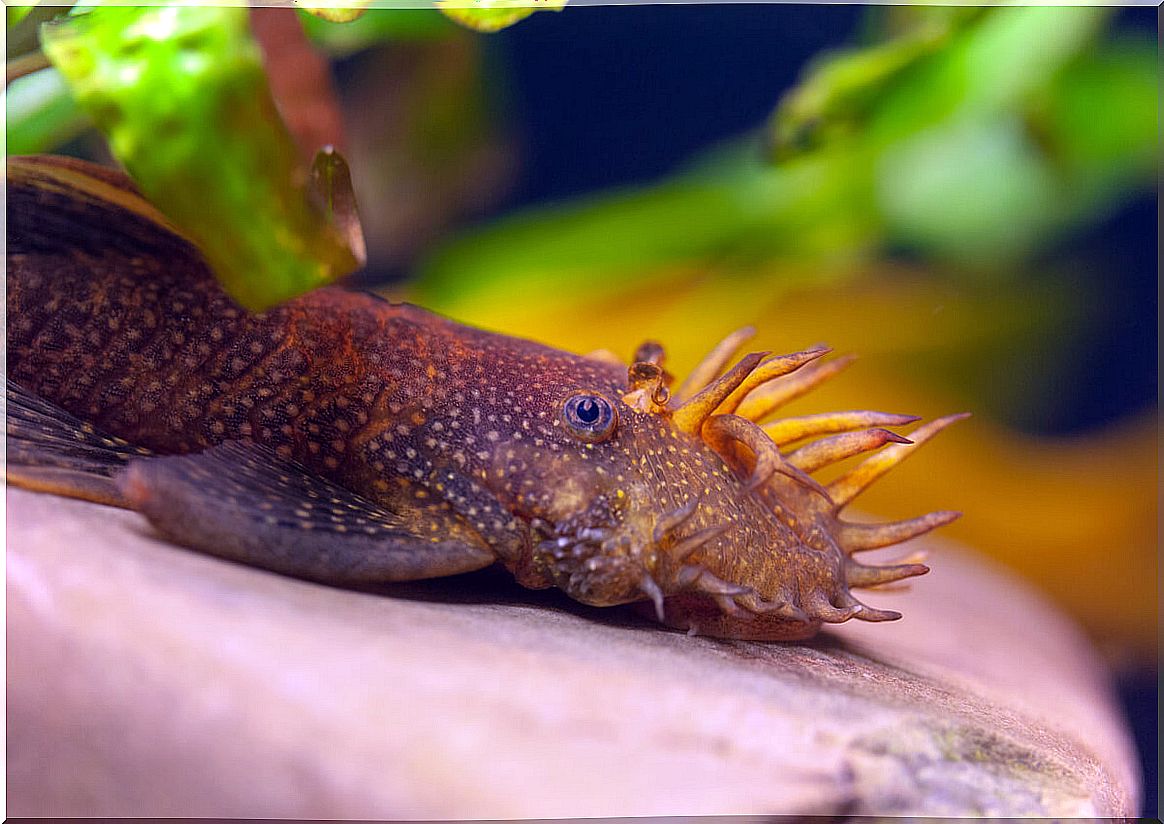
Invertebrates
Of course, in a small aquarium, the only possible natural cleaners are prawns and snails. Prawns are always a better option – as they cannot become pests – but unfortunately, they are quite delicate and can be preyed upon by some aquarium fish.
Here’s a list of freshwater snails that can keep algae in your aquarium at bay:
- Neritina natalensis or zebra snail: an excellent algae eater, very easy to keep.
- Horned neritina: similar to the previous one, but smaller in size and with spines on the shell.
- Anatome helena – A killer snail that keeps herbivorous snail pests in check.
There are many more examples of cleaning invertebrates. With a single search on the internet you can find multiple guides that collect the most common species, but all of them are a good option due to their cheap cost and resistance.

A natural remedy
As we have seen, there are several options available when dealing with an algae infestation in the aquarium. Even so, the fish that we have shown you will always be a better option in a tank of sufficient volume, since they cannot become a pest in any case.
In addition to being beautiful and interesting members in their own right, these animals perform essential cleaning work without disturbing the natural rhythm of the aquarium’s ecosystem.



